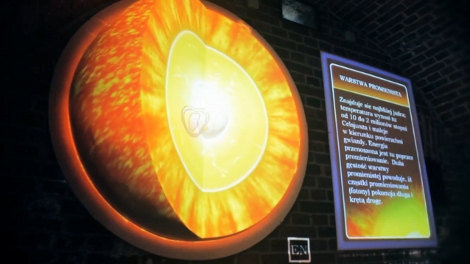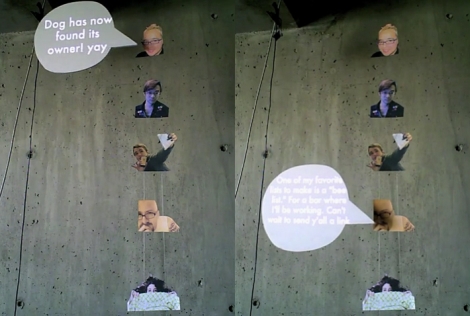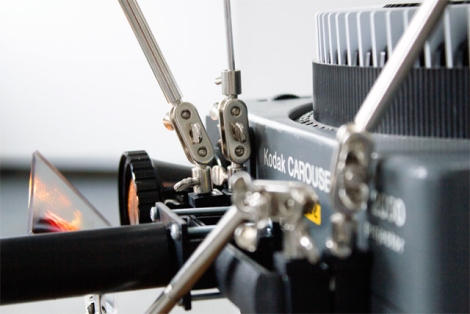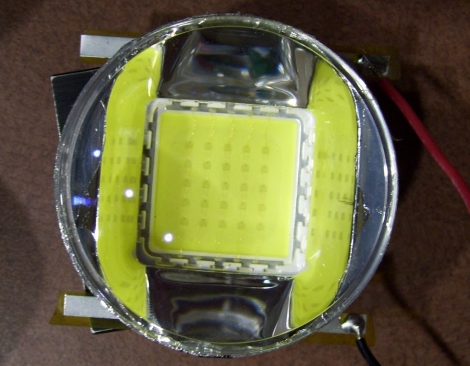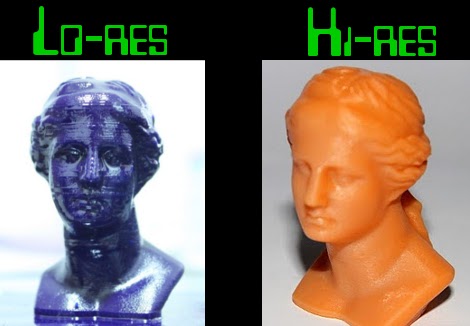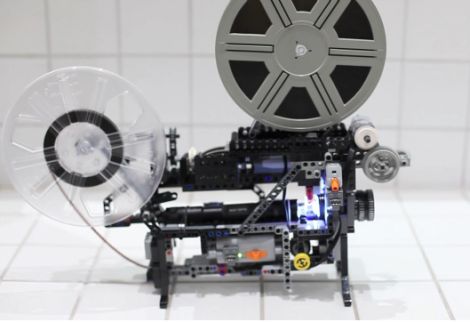
It always blows our mind to see the things that people dream up when playing with Lego. Given enough time, you could likely replicate almost any mechanical device with the right amount and type of blocks.
[Friedemann Wachsmuth] recently wrapped up construction on a very impressive Super-8 movie projector with the help of his friend [Kalle]. The projector is fully functional, and is made completely from Lego aside from the reel spindles, the lens, and the lamp. As you can see in the video below the projector plays the film quite well, and even though it is only lit using an LED flashlight, it’s more than bright enough to get the job done.
The projector boasts automatic film feeding, a 24 fps framerate, as well as fast rewind capabilities – all provided by just two small Lego Technic motors.
You really need to watch the video to appreciate how much work went into this projector – it’s amazing.
[via RetroThing]

